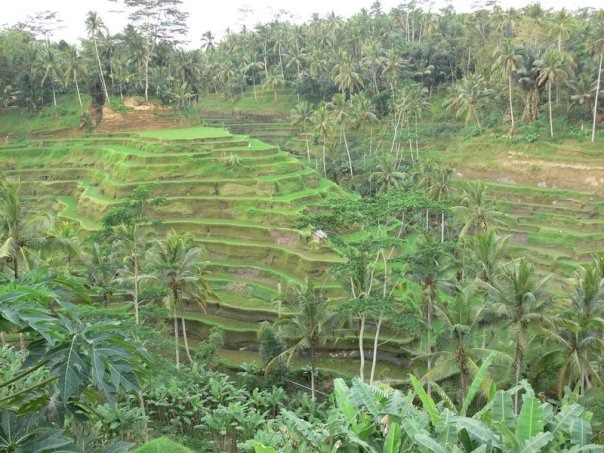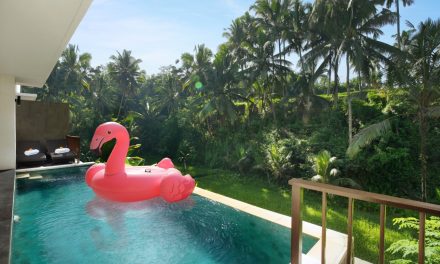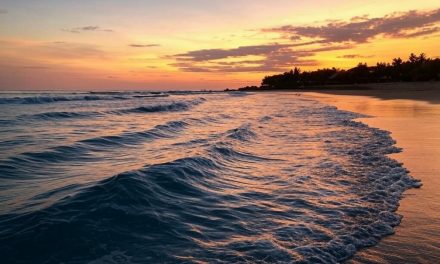Have you ever felt the rush of gliding down a river, surrounded by lush green landscapes and the sound of nature all around you? Rafting is not just an adventure; it’s a way to connect with nature. And when that experience can also be eco-friendly, it’s a win-win! In this article, we will explore the eco-friendly rafting options along the Ayung River in beautiful Bali, Indonesia, share some personal tales from the river, and provide tips to make your adventure as sustainable as possible.
Why Choose Eco-Friendly Rafting?
Before we dive into the nitty-gritty of rafting options, let’s talk about why going eco-friendly matters. I remember my first rafting experience; the adrenaline rush was exhilarating! But looking back, I realized that the impact on the environment was something I hadn’t considered at the time. Choosing eco-friendly options ensures that the breathtaking landscapes we enjoy today remain pristine for generations to come. It’s all about loving our planet while having fun!
The Ayung River: A Gem in Bali
The Ayung River is not only the longest river in Bali but also a haven for adventure lovers. Flowing through the heart of the island, it takes you on a journey through stunning rice terraces, lush jungles, and even past stunning waterfalls. Imagine navigating through rapids while listening to birds chirping and the wind rustling through the trees! But it’s vital to choose an operator that prioritizes sustainability and respect for the environment.
Option 1: Eco-Conscious Rafting Operators
One of the best ways to ensure your adventure is eco-friendly is by choosing a rafting company that cares about the environment. Look for companies that implement sustainable practices such as:
– Using eco-friendly materials: Some companies use rafts and gear made from sustainable materials, which is a great way to reduce plastic waste.
– Responsible waste management: Check if the operator promotes recycling and has a plan to manage waste generated during the tours.
– Conservation initiatives: Some companies invest a portion of their profits back into local conservation projects.
For instance, during my last trip, I opted for an operator that not only provided top-notch gear but also participated in local reforestation efforts. It felt good knowing that part of my adventure was contributing to the environment!
Option 2: Community-Driven Experiences
Choosing community-driven rafting experiences can also enhance your adventure. Local operators often understand the importance of preserving their environment. They rely on sustainable practices for their livelihoods.
I took a trip with a local family who ran a rafting business. Not only did they ensure that we left no trace behind, but they also shared stories about the river’s significance, connecting us even more to the landscape. Supporting local families helps to boost the economy while allowing them to thrive sustainably.
Option 3: Rafting With a Purpose
Imagine paddling down the breathtaking Ayung River, knowing that your adventure is also making a positive impact. Some operators offer rafting with a purpose packages. These experiences often include participation in local environmental activities, such as river clean-ups, tree planting, and wildlife observation.
On one of these trips, we got involved in a river-cleaning initiative post-rafting. It was magical, riding the waves and then stepping ashore to ensure the river remained clean. We left with more than just memories; we felt we were part of something larger, contributing to preserving something beautiful.
Practical Tips for an Eco-Friendly Rafting Experience
Here are some practical tips to ensure your Ayung River adventure is as eco-friendly as possible:
1. Pack Light and Smart: Bring reusable water bottles, eco-friendly sunscreen, and snacks in biodegradable containers. This way, you’re not contributing to waste on your journey.
2. Respect Local Wildlife: Keep a safe distance from animals and avoid feeding them. It’s essential to maintain their natural behaviors for the environment’s sake.
3. Leave No Trace: Adopt a leave no trace philosophy. Bring back everything you take and pick up any litter you find along the way.
4. Consider Travel Impact: If flying to Bali, consider carbon offsetting your travel. Some organizations provide options to offset your carbon footprint through reforestation or renewable energy projects.
5. Engage Locally: Take the time to learn from local guides about traditional practices and the importance of the river. Their insights can transform your adventure into an educational experience.
Conclusion
Bali’s Ayung River offers unique and eco-friendly rafting options that allow you to enjoy nature while preserving it at the same time. Choosing operators with sustainable practices, engaging with local communities, and participating in meaningful initiatives can enhance your adventure and leave a positive impact.So next time you’re planning an adrenaline-filled getaway, think about how your experience can benefit the environment. As you navigate through the stunning waters of the Ayung River, remember this: every paddle stroke can be a step towards sustainability. The river is calling, and it’s our duty to keep it beautiful!






